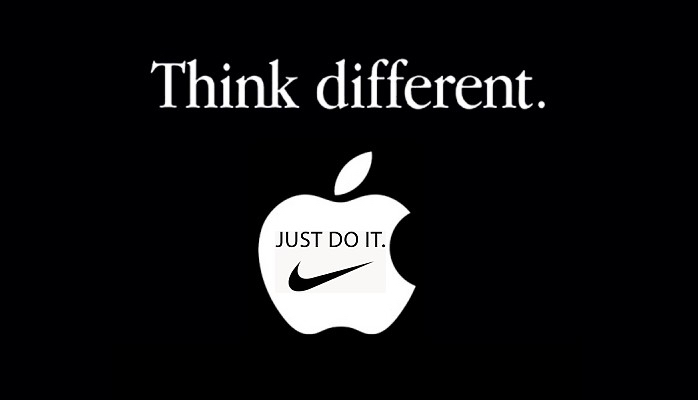First Comes Love, Then Comes Partnership Marketing

When you meet the right person and it clicks, you both just seem to know it and start making it work. Sound like romantic advice? Guess again. It’s partnership marketing. Make no mistake, the latter can still be full of heartache, but the chances are much less if you’re honest about who you are and what you need. Sound even more like relationship advice? That’s because it is. Partnership marketing, by definition, is a collaborative relationship between two companies or brands that is mutually beneficial in helping both parties reach their objectives (usually a broader audience and new revenue streams). But how, oh how, does one choose the perfect partner? Very thoughtfully. Here are some matchmaking tips.
Make sure your audiences are not the same. If there’s one golden rule, that’s it: create your partnership with someone you’re not directly competing with. Yes, your services should be complementary. And, yes, you should share similar business objectives. But if your audiences are the same, your challenges with them will be too. Remember: your goal is to fill each other’s gaps, not share the same weaknesses.
Build partnerships with like-minded businesses. Yup, we’re talking brand values—the uncompromising principles that you stand for and uphold, even when no one is watching. If you haven’t clearly defined yours, now’s the time. Then look for partners who share those values, one of which had better be collaboration! If you partner with someone whose values are off-brand to yours, your audience will question your motives and, ultimately, the values you’ve worked hard to be known for.
Set measurable goals for yourself. Before you go looking for solutions, be sure that you’re solving the right problems. Ask yourself: What are you looking to achieve? And have you done the self-work required to (A) set attainable goals and (B) leverage a partnership to achieve them? If the answers are yes, then write those goals down and decide which metrics you’ll use to measure their success.
Set reasonable expectations for each other. And from the get-go. Clear communication is the best way to prevent disappointment and misunderstandings in any relationship, so once you’ve found your potential partnership, have an honest conversation about what you expect of each other—and write it down, along with a list of each partner’s responsibilities. Add to that a timeline for meeting goals, a plan for dealing with stumbling blocks, and a schedule for regular check-ins to ensure that the workload’s being shared evenly.
#relationshipgoals
Nike and Apple
In 2006, Nike and Apple teamed up to bring the worlds of sports and music together like never before, with the creation of Nike+iPod products—fitness monitors, footwear, and clothes that connected Apple users to their music as they worked out.
Uber and Spotify
In 2014, Spotify partnered with Uber to allow customers to choose the soundtrack for their ride. How? By linking Uber customers’ Spotify accounts to their Uber profiles, allowing customers to control the music from their phone’s Spotify or Uber app until they’ve reached their destination.
Practical Examples of Partnership Marketing
Don’t worry. You don’t need Nike or Spotify’s budgets to try your hand at partnership marketing. Here are some practical entry points:
- Co-producing and co-promoting webinars
- Making guest appearances on each other’s podcasts or blogs
- Collaborating on industry reports
- Mutually sharing social media content
- Building relationships with relevant influencers
- Contributing articles to magazines
- Speaking at events
- Product placement
- Event sponsorship
Disclaimer: The logos are registered trademarks that belong to their respective owners.
